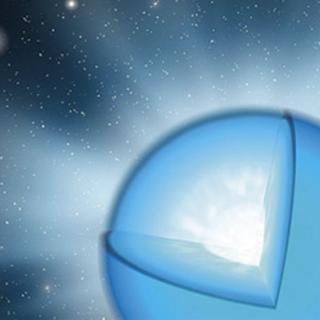Maíz Apellániz, J.; Pantaleoni González, M.; Barbá, R. H.; Simón-Díaz, S.; Negueruela, I.; Lennon, D. J.; Sota, A.; Trigueros Páez, E.
Referencia bibliográfica
Astronomy and Astrophysics, Volume 616, id.A149, 20 pp.
Fecha de publicación:
8
2018
Revista
Número de citas
61
Número de citas referidas
57
Descripción
Context. The first Gaia Data Release (DR1) significantly improved the
previously available proper motions for the majority of the Tycho-2
stars. Aims: We wish to detect runaway stars using Gaia DR1
proper motions and compare our results with previous searches.
Methods: Runaway O stars and BA supergiants were detected using a 2D
proper motion method. The sample was selected using Simbad, spectra from
our GOSSS project, literature spectral types, and photometry processed
using the code CHORIZOS. Results: We detect 76 runaway stars, 17
(possibly 19) of them with no prior identification as such, with an
estimated detection rate of approximately one half of the real runaway
fraction. An age effect appears to be present, with objects of spectral
subtype B1 and later having traveled for longer distances than runaways
of earlier subtypes. We also tentatively propose that the fraction of
runaways is lower among BA supergiants that among O stars, but further
studies using future Gaia data releases are needed to confirm this. The
frequency of fast rotators is high among runaway O stars, which
indicates that a significant fraction of them (and possibly the
majority) is produced in supernova explosions.
The spectral types in Table 2 will be added to the spectral types in the
three GOSSS survey papers and in http://Maíz Apellániz et al.
(2018)http:// and the resulting table will be available
from the GOSC web site http://gosc.cab.inta-csic.es.
Proyectos relacionados

Propiedades Físicas y Evolución de Estrellas Masivas
Las estrellas masivas son objetos claves para la Astrofísica. Estas estrellas nacen con más de 8 masas solares, lo que las condena a morir como Supernovas. Durante su rápida evolución liberan, a través de fuertes vientos estelares, gran cantidad de material procesado en su núcleo y, en determinadas fases evolutivas, emiten gran cantidad de
Sergio
Simón Díaz